We often say the north-east is a region which punches above its weight and there is much evidence to support this.
But perhaps none more so than the statistic that with less than 10% of Scotland’s population, the north-east accounts for more than 20% of the country’s food and drink.
Products from this wee corner of the world are enjoyed in more than 100 countries around the globe.
This is the home of the Aberdeen Angus, while Europe’s biggest seafood catches are landed at Peterhead and Fraserburgh.
Ellon is home to the iconic craft beer brand BrewDog.
And some of the world’s greatest whiskies come from this part of Scotland.
Our menu of household name brands includes Mackie’s of Scotland, Walker’s Shortbread, Dean’s of Huntly, Duncan Taylor Scotch Whisky, Burn o’ Bennie Distillery, Fierce Beer, Donald Russell and Macduff Shellfish to name just a few.
Many of our fantastic and growing array of high quality hotels, bars, cafes and restaurants – like the Fife Arms, Chester Hotel, McGinty’s Group venues, Books & Beans, Siberia and 10 Dollar Shake are putting local produce at the heart of their menus.
The list goes on but we are not resting on our laurels.
Food, drink, agri and seafood are one of the key growth sectors in the regional economic strategy.
Currently, there are 22,000 people employed in the industry and the ambition is to grow north-east turnover by 5% per annum, increase productivity by 25% by 2025, and double output and exports by 2030. Tasty stats.
There are many strands to this but one of the highlights is SeedPod, a £21 million investment in creating a centre of excellence for manufacturing and production that will help to deliver these ambitions.
‘Transformational’ project
Led by Opportunity North East, with funding from the Aberdeen City Region Deal, this transformational project will put the region’s businesses at the forefront of innovation, productivity and sustainability, increasing high-value exports and creating new jobs.
It will play a key role in green economic recovery, helping businesses and the food and drink sector as a whole deliver low-carbon production and contribute to net-zero goals.
Food, drink, agri and seafood are one of the key growth sectors in the regional economic strategy.”
Many people assume the North East Green Freeport bid is all about the energy sector.
Not at all as one of the UK’s premium food and drink producing areas, the creation of a regional customs hub as part of this will enable an increase in export activity for products such as Scotch whisky, craft beer, seafood, meat produce and ice-cream, building direct links to key markets.
The chamber’s international trade team is on hand to provide practical help and the necessary documentation to support companies looking to start their export journey or expand into new markets.
Closely linked to all of this is one of the region’s other four growth sectors, tourism.
The region’s hotels have been hit hard by the 2015 oil and gas downturn, followed by the pandemic.
The need to provide a USP (unique selling point) to attract a new breed of leisure visitor with a higher net spend, while offering the level of service expected by business travellers as our economy recovers.
Labour market squeeze
To do this in one of the tightest labour markets we have known means attracting and retaining more skilled and motivated people.
But a career in hospitality here is often regarded as stopgap and dead-end. This perception needs to change so it is viewed, as it is in mainland Europe, as a long-term, inspirational profession.
There are hotel schools and universities that offer courses, but there is currently no hotel sector-backed business school anywhere in the UK – a gap in the market.
The chamber is supporting an ambitious bid to the Just Transition Fund to look at the feasibility of creating a centre for excellence in this region.
This would rival The Statler Hotel at the Ivy League Cornell University and Ecole hoteliere de Lausanne, in Switzerland, which is regularly recognised as the best hotel management school in the world, with the highest graduate employment rates in the industry.
As you’ve read, the north-east is already firmly on the map for its food and drink produce. Let’s add to this by being famous for producing the world’s top hotel talent too.
Russell Borthwick is chief executive of Aberdeen & Grampian Chamber of Commerce.
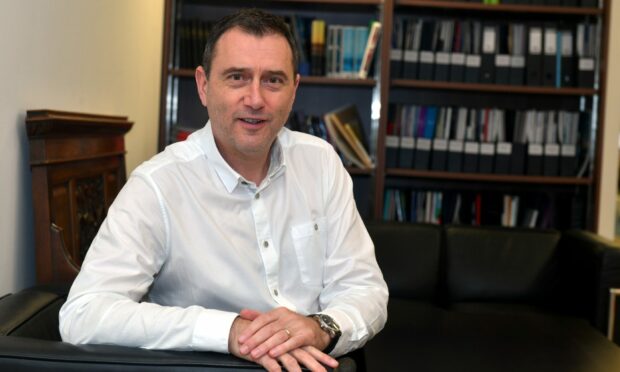
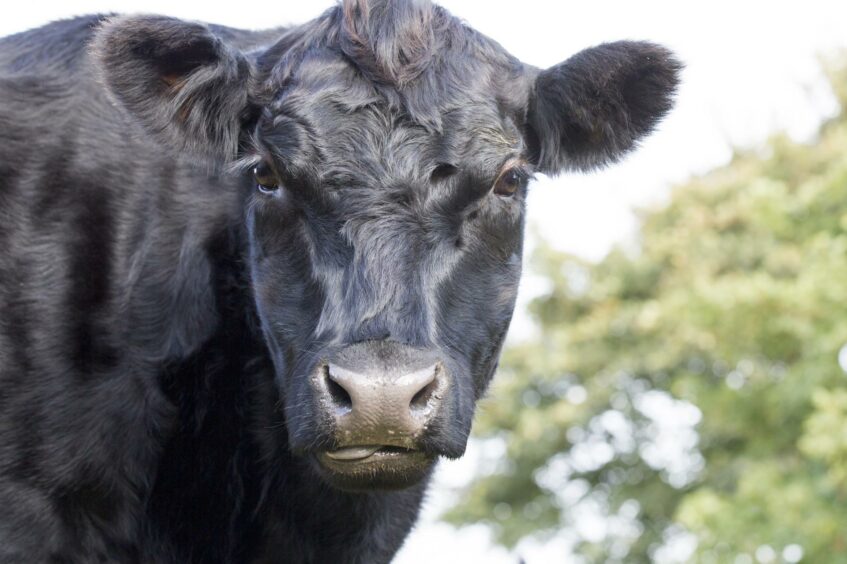
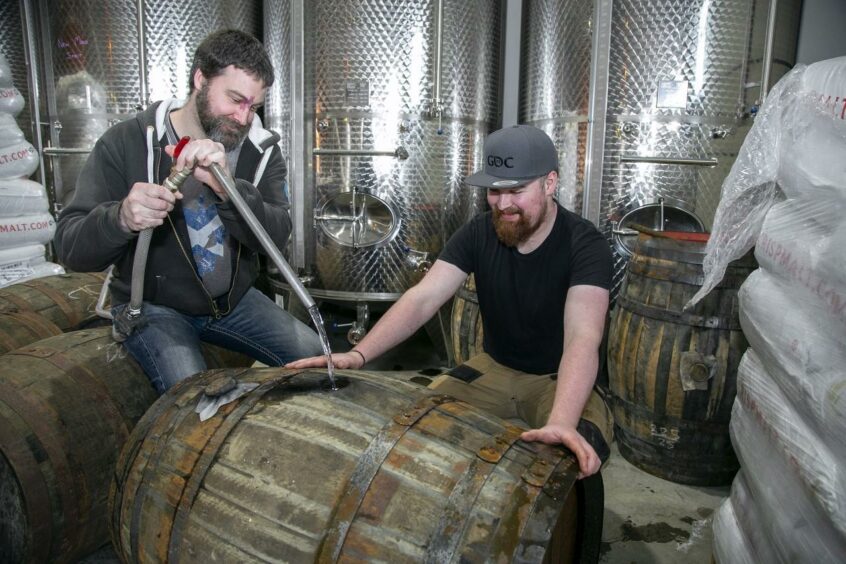
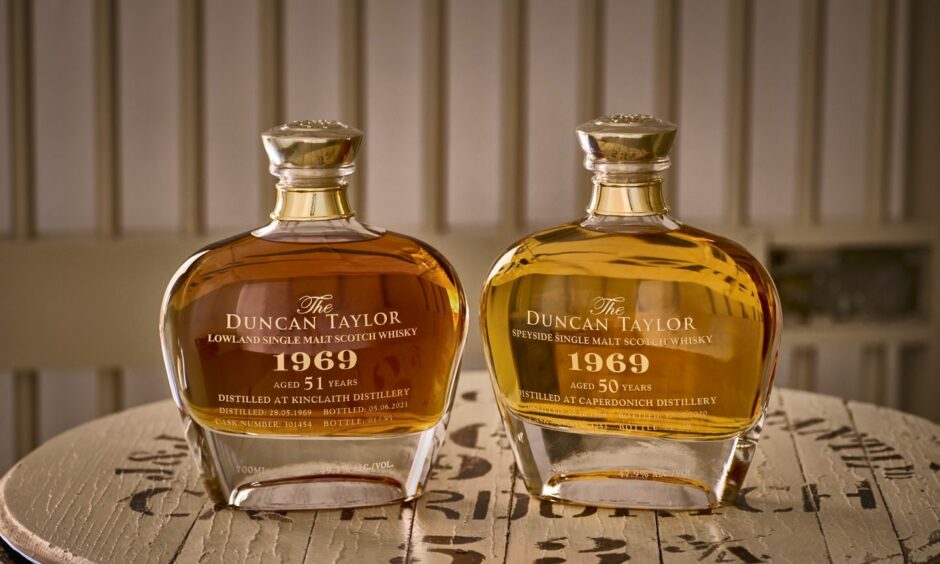
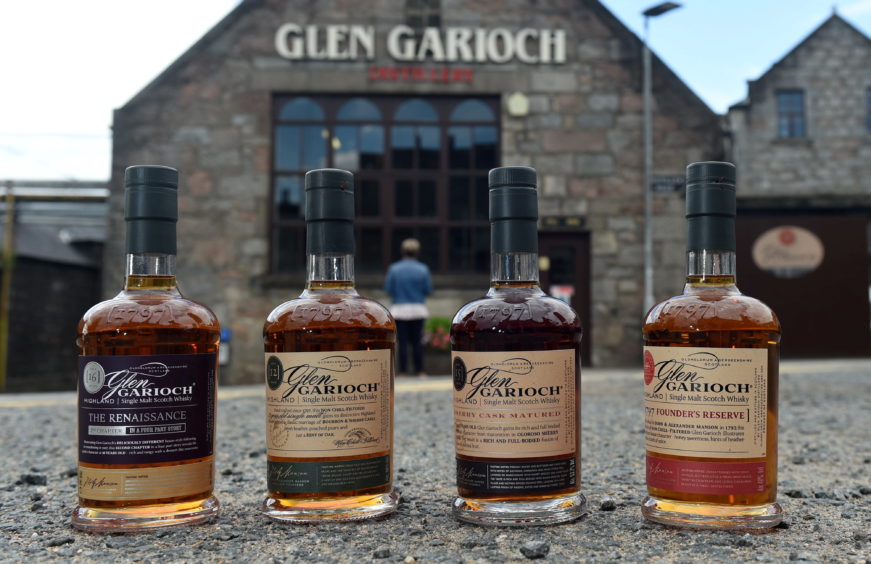

Conversation